KPA Flex Training Courses
Railroad Safety
In-plant railroads transport raw materials and finished goods in and out. This training highlights the dangers of working around an in-plant railroad and how to keep yourself safe by always following the safety rules.
View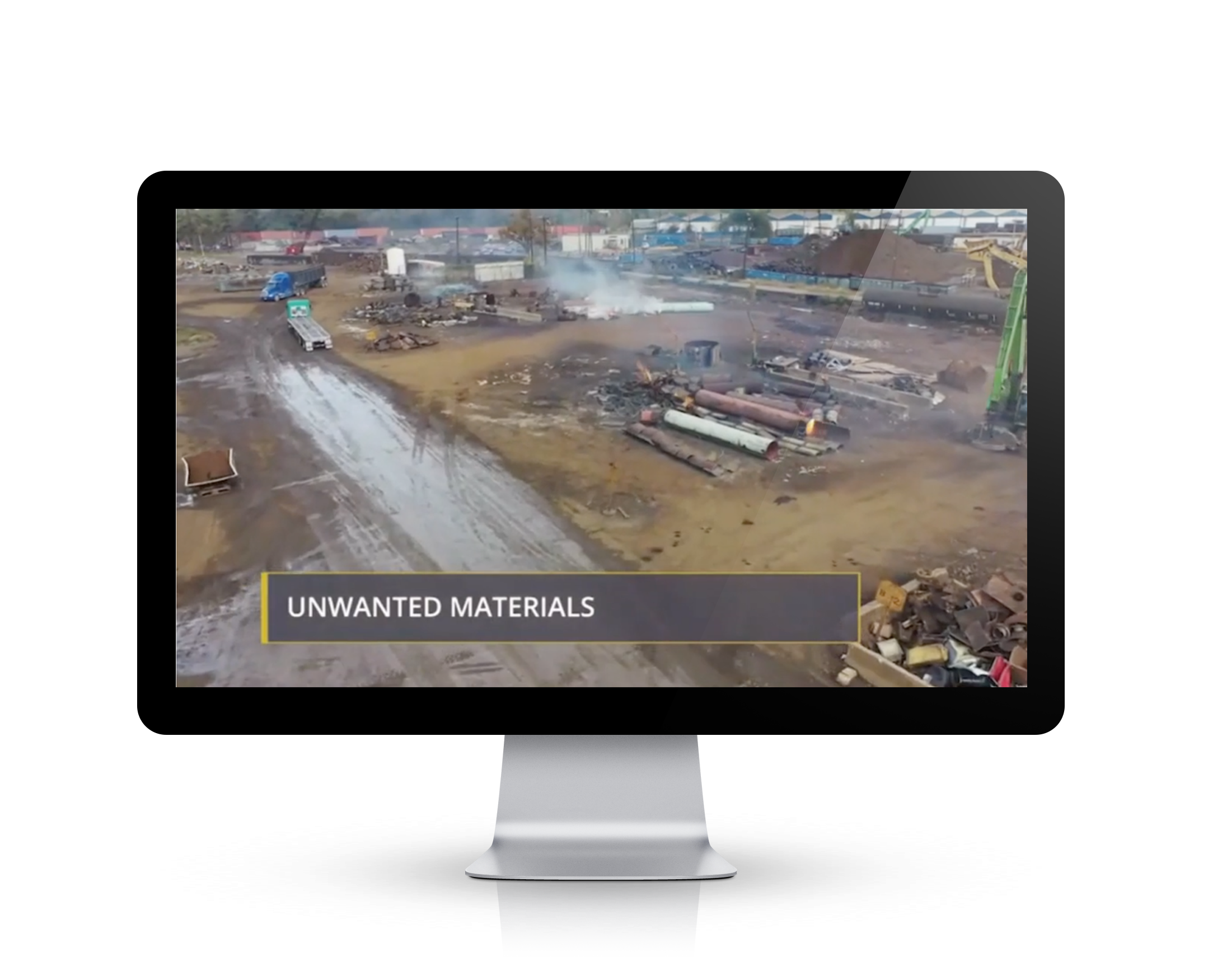
Reasonable Suspicion
You can protect against the negative side effects of drug and alcohol abuse on the job. KPA's Reasonable Suspicion safety training covers the importance of having a drug and alcohol awareness program, implementing reasonable suspicion procedures, and more.
View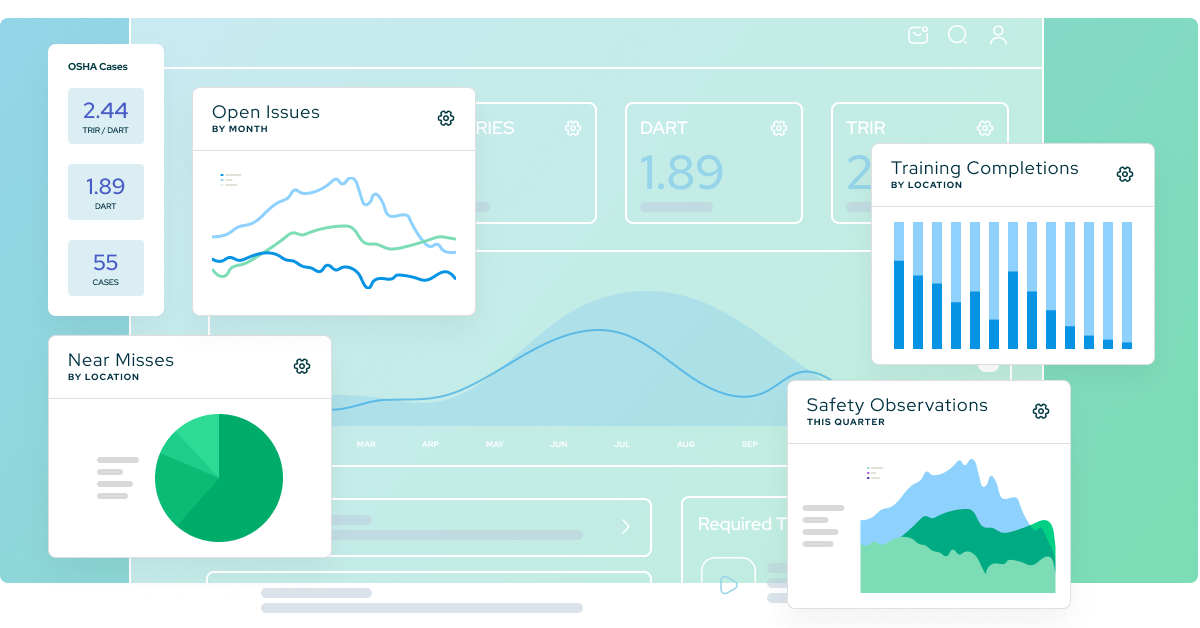
Rebar Stock Pile Safety
All rebar operations have a stock pile, and while no two are exactly the same, KPA's Rebar Stock Pile Safety training provides some universal best practice guidance for keeping employees safe while operating in this area of operations.
View
Respiratory Protection
When you cannot eliminate exposure to respiratory hazards, it's essential employees have proper respiratory protection. KPA's Respiratory Protection safety training illustrates the importance of proper use and care of respirators.
View
Roll Off Box
Roll off boxes are a key material handling container. KPA's Roll Off Box safety training covers hazards that exist while working with these boxes and provides safety processes for proper use from inspection to dropping.
View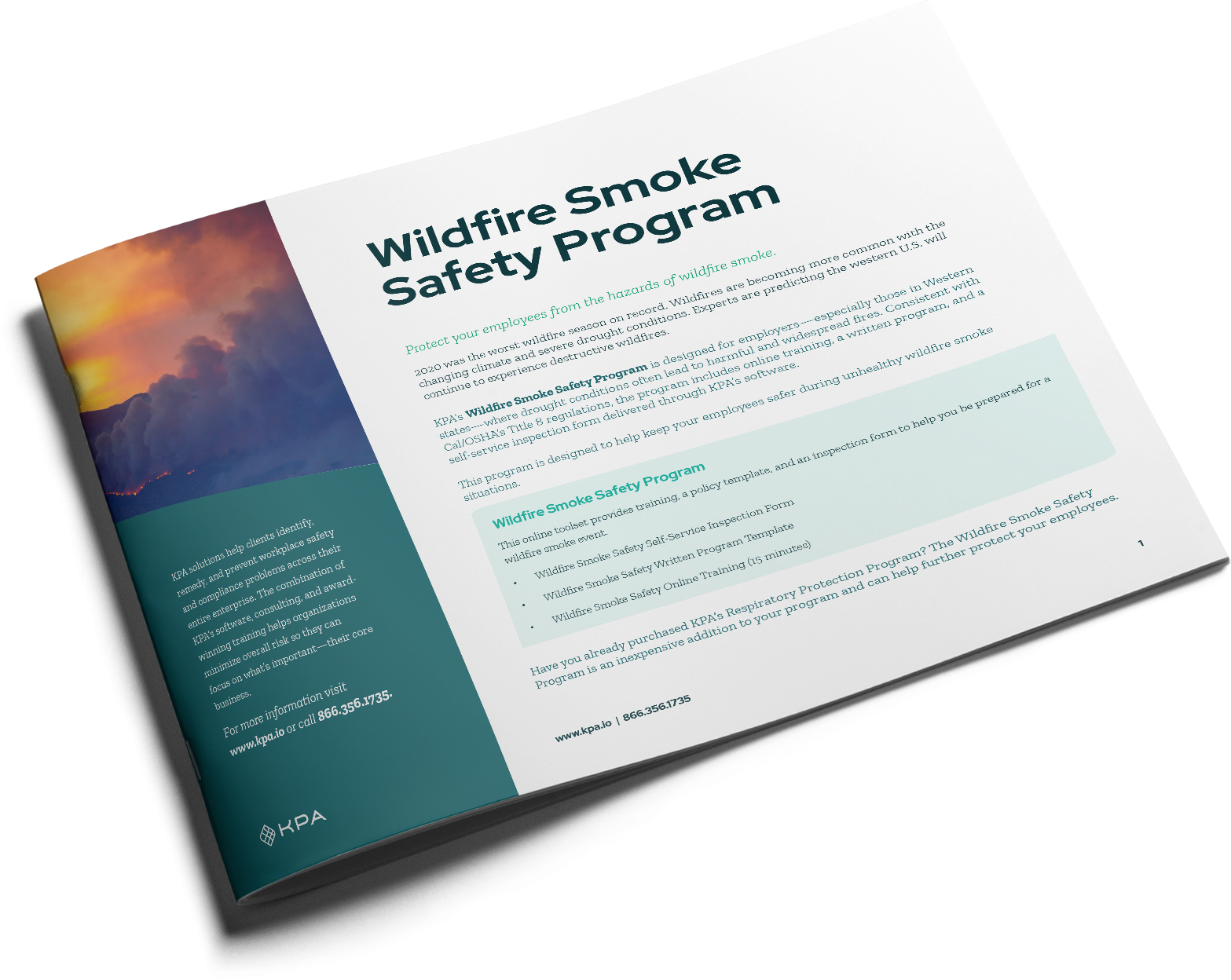
Safe Backing Transportation Safety
Backing up is one of the most dangerous maneuvers a drivers is asked to do. KPA's Safe Backing Transportation Safety training provides common best practices that can help avoid incidents during backward maneuvers.
View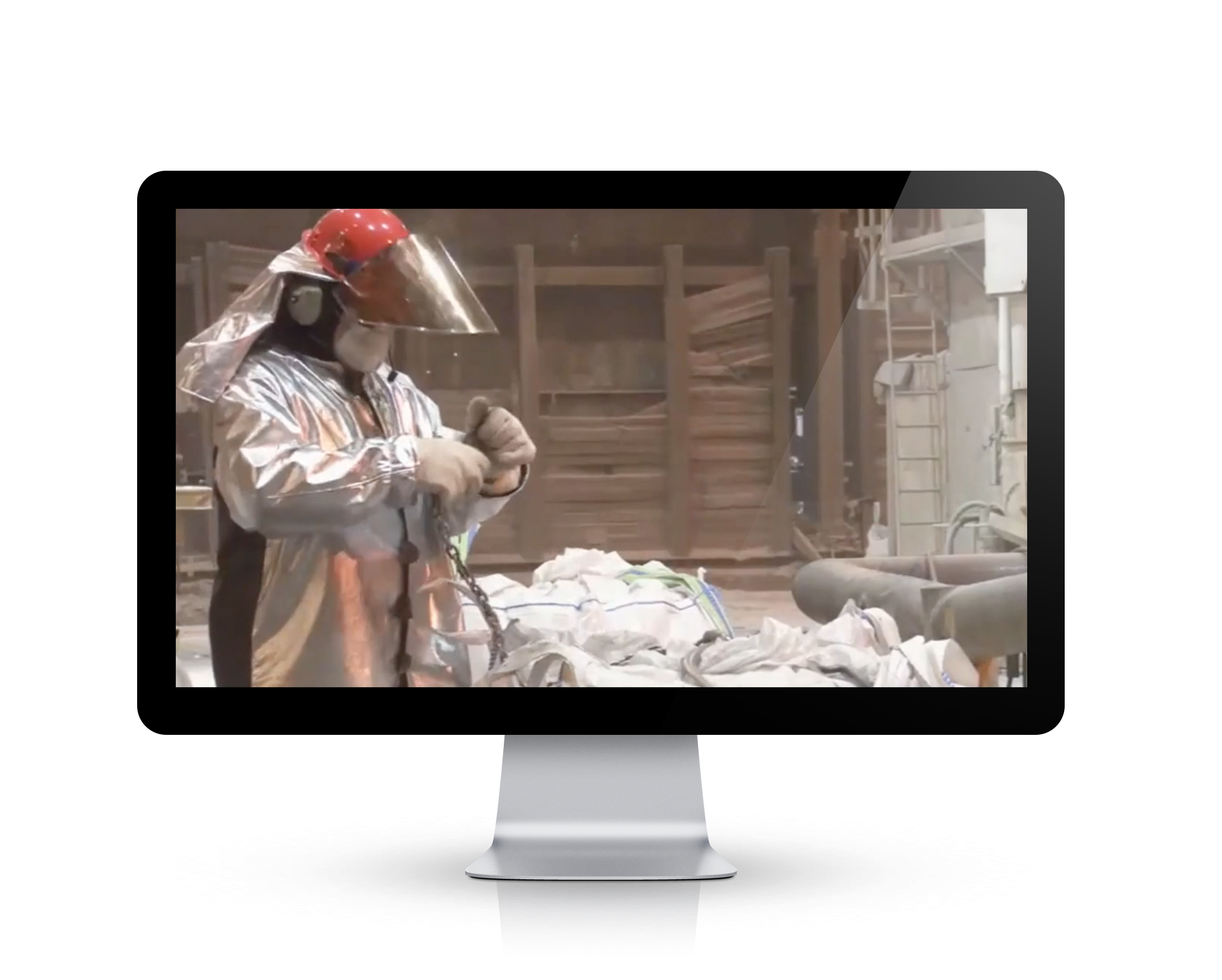
Safe Burning and Welding
Improper burning and welding can be dangerous. KPA's Safe Burning and Welding training helps employees manage the hazards such as high voltages, toxic gases, flying sparks, and extreme temperatures that come with performing these tasks.
View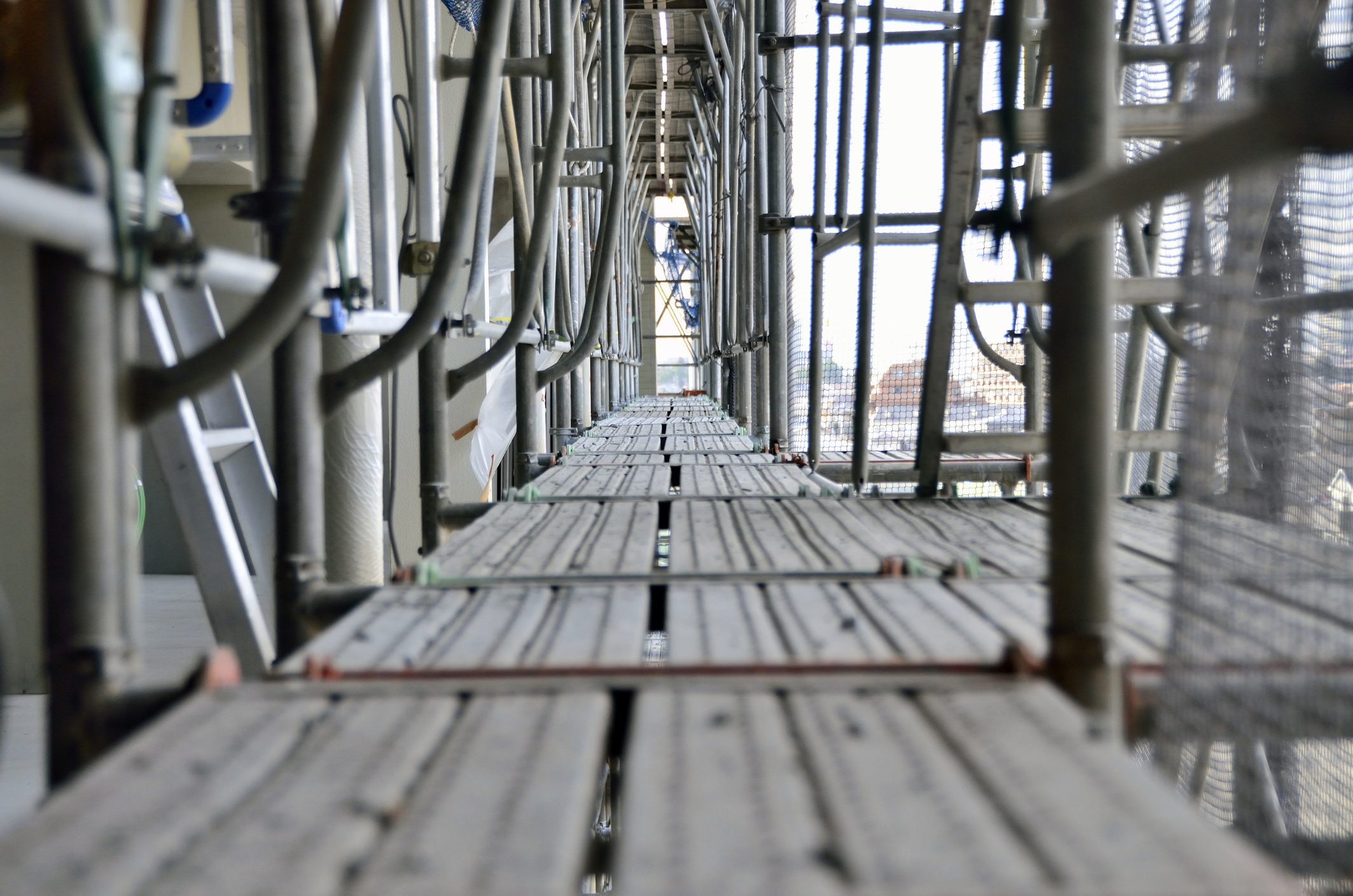
Safe Driving of Non-Commercial Vehicles
A safe driver is a defensive driver, regardless of the vehicle being operated. KPA's Safe Driving of Non-Commercial Vehicles training outlines the techniques, strategies, and personal mindset of a safe, defensive driver.
View
Safe Lifting and Avoiding Sprains and Strains
KPA shares ergonomic practices for safe working, bending, and lifting to prevent strains and sprains in the Safe Lifting and Avoiding Sprains and Strains safety training.
View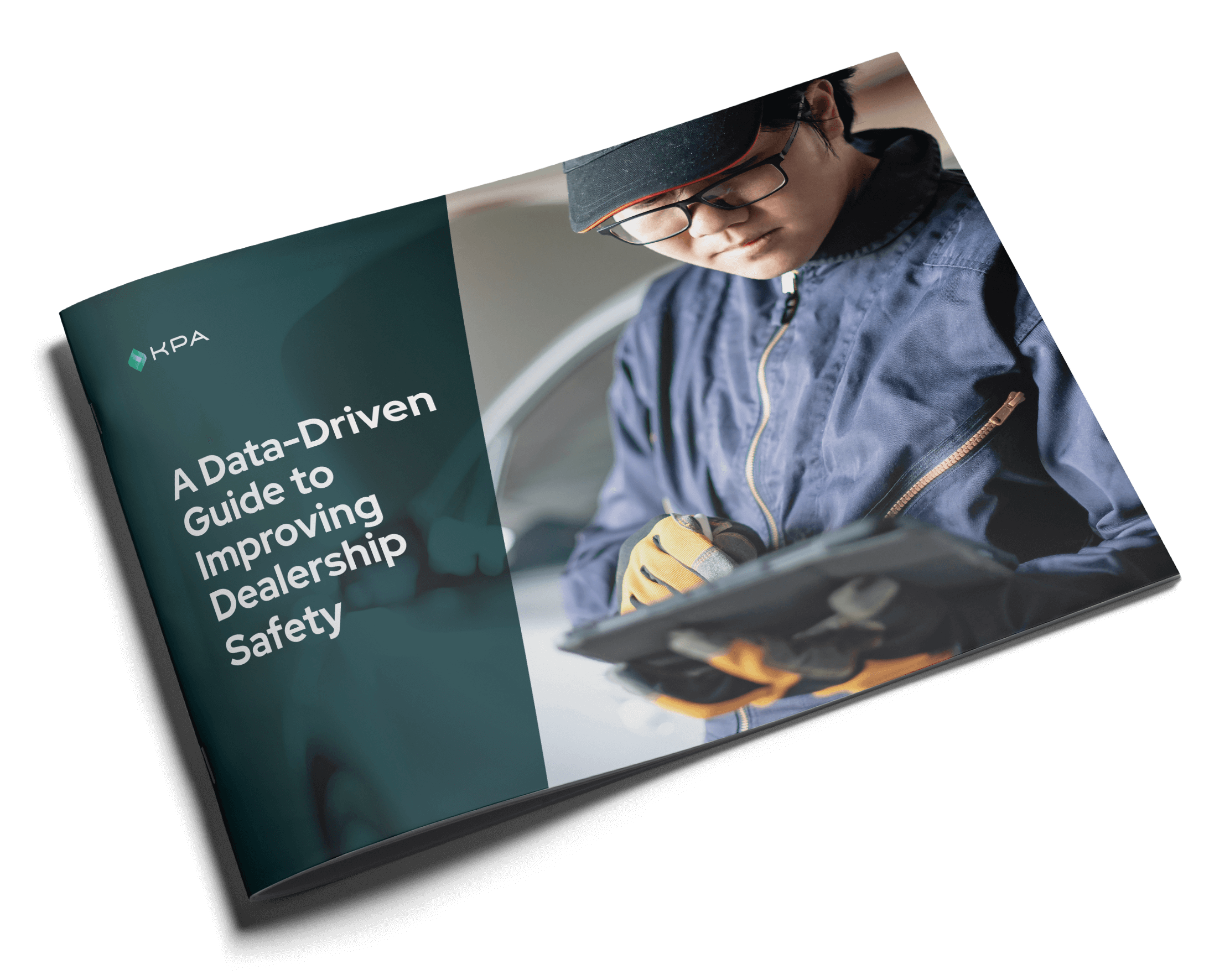
Safe Loading and Unloading
Moving materials is a key opportunity for incidents and accidents. KPA's Safe Loading and Unloading compliance training uses actual incident recreations to highlight safe loading and unloading practices that can help keep your employees safe.
View
Safe Material Handling
A variety of materials are handled everyday. KPA's Safe Material Handling training includes techniques for safely handling materials with or without equipment.
View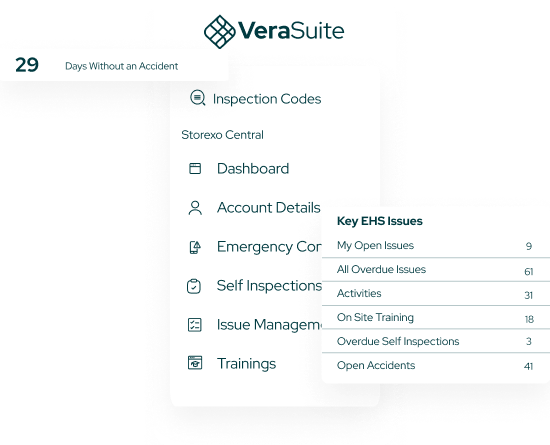
Safe Opening and Closing of Material Container Doors
Proper body positioning can help drivers avoid injury when opening material container doors. KPA's Safe Opening and Closing of Material Container Doors utilizes real-world examples to highlight the importance of following safety procedures during these procedures.
View